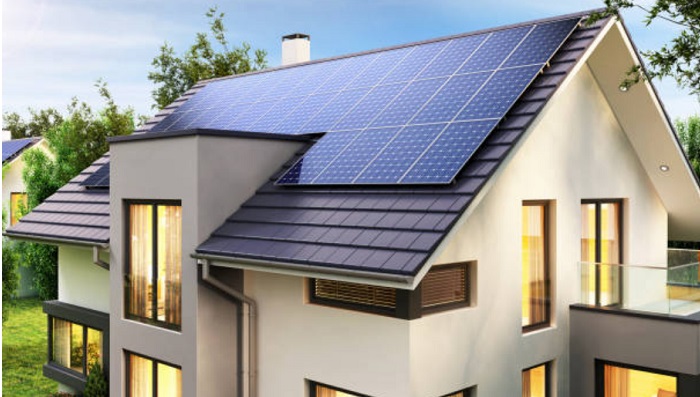It is well to be noted that the renewable energy landscape in Europe happens to be undergoing a transformative shift, with 2024 all set to shape up as a breakthrough year. Based on the updated estimates, solar photovoltaic- PV power is all set to go past the wind power for the first time, and that too in terms of year-on-year generation, which is added to Europe’s electricity mix.
The fact is that Europe’s power sector has indeed gone on to make prominent strides to decrease its emissions by almost 50% since 1990. Historically, all this has been accomplished by a series of steps, such as the phasing out of coal and thereby replacing it with less emitting natural gas, as well as building out wind along with subsidized solar energy. But the gears have switched, and now solar PV is anticipated to be this year’s biggest decarbonization driver. It will go on to add almost 50 terawatt hours- TWh to Europe’s grid, which is more than the 38 TWh additions from wind power.
This happens to be part of an ongoing trend. Last year, Europe gained another 60 gigawatts- GW of solar generation capacity, which happens to be more than four times that of onshore wind, thereby demonstrating that solar PV is indeed becoming competitive by the day, even as far north as Europe, wherein the solar resources are not as robust as those closer to the equator.
So, what happens to be driving this growth? The fact is that this happens to be a highly versatile technology and is indeed suitable for a broad range of applications. Apparently, Solar PV is not only limited to large-scale solar parks, that happen to be on huge fields, but they can also be placed on the rooftops when it comes to commercial establishments as well as homes. Rystad research goes on to demonstrate that over 70% of the European solar capacity that was installed in 2023 happened to be on rooftops.
Apart from this, solar PV costs have been dropping quite fast and hence boosting its competitiveness. Right from being a niche application that was heavily subsidized due to feed-in tariffs in the early 2000s, solar module costs have since dropped by over 95% and even halved since mid-2022.
This kind of drastic price reduction has been majorly attributable to the affordable solar panels from China. Taking into account the global manufacturing capacity when it comes to all the elements of module manufacturing, like polysilicon, cells, wafers, as well as modules, which is more than 90%, it happens to be located in China.
China’s rapid ramp-up of manufacturing capacity has gone on to help provide a cost-effective solution in case of European adopters as well as tilt the scales in favor of solar over wind energy, which, by the way, has not enjoyed comparable price drops.
While solar’s rapid expansion is the cause of celebration, it also kind of casts a spotlight on a critical dependency, which is Europe’s heavy reliance on Chinese imports as far as solar panels are concerned. This also highlights a potential vulnerability in the continent’s energy strategy, thereby exposing it to risks as far as supply disruptions as well as geopolitical tensions are concerned.
The question is whether Europe will be interested when it comes to developing its own solar supply chain. So far, the rapid build-out of manufacturing capacity in China has served the continent pretty well. However, if Europe needs to do more of this at home, government action has to be pivotal so as to nurture a local supply chain. Policies as well as incentives designed in order to encourage local manufacturing, research, and development in solar technologies, along with investments in raw materials and components, are indeed essential.
Be it the Green Deal Industrial Plan, the Critical Raw Materials Act, or the or the Net-Zero Industry Act, all have provisions that go on to guarantee minimum levels when it comes to domestic content within the clean technology components. But dependence on local production is indeed going to come at a cost. European manufacturers as of now happen to lack Chinese solar PV manufacturing’s economies of scale, which means competition on price is going to be next to impossible.
The fact is that solar has been propelled to the forefront when it comes to Europe’s energy transition, underscoring a significant shift within the continent’s energy spectrum. But sans the targeted government intervention, the vision of Europe when it comes to a self-sufficient solar industry can indeed remain elusive. As the region happens to stand at this crossroad, the decisions made now are indeed going to shape the future of its renewable energy landscape and its path towards energy independence as well as sustainability.





































